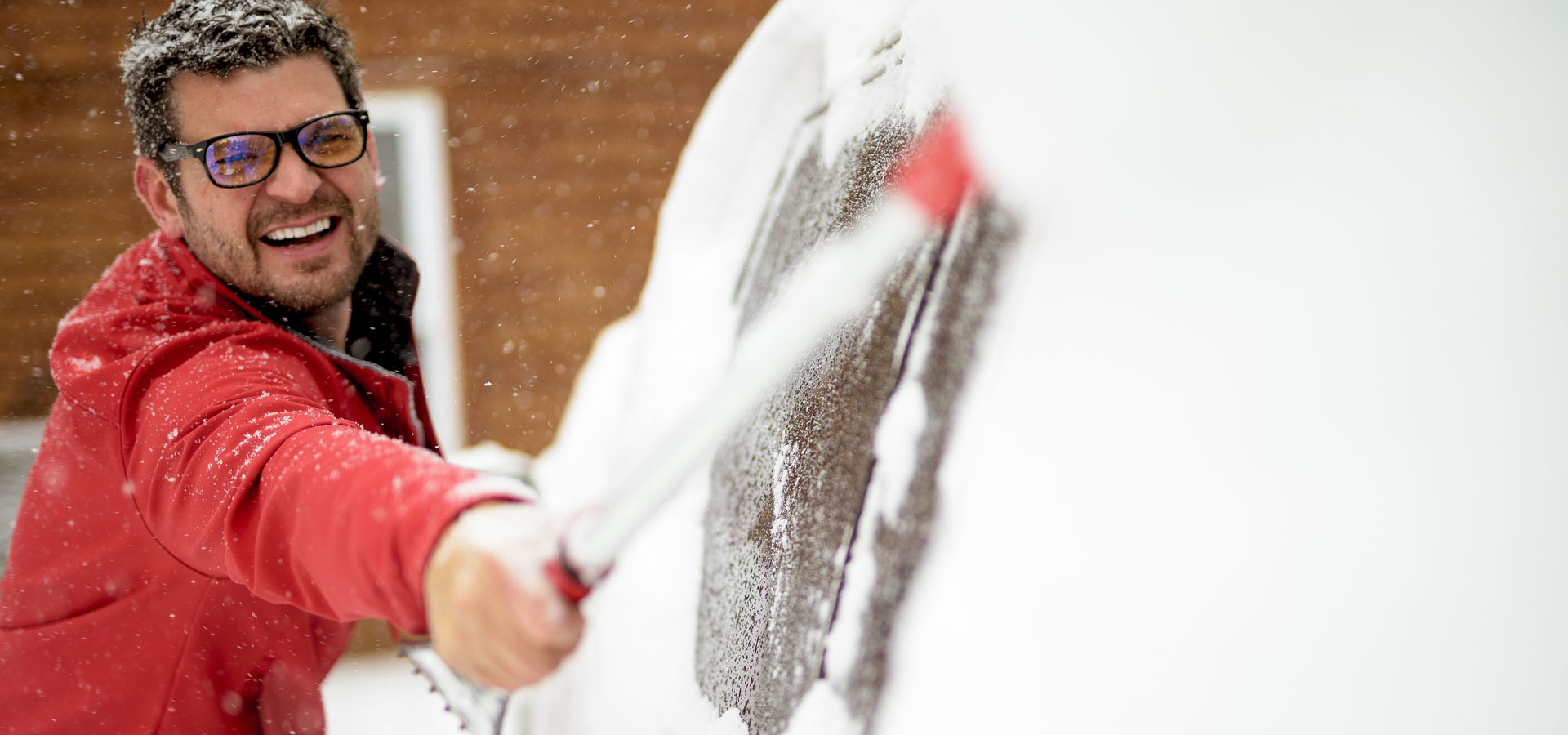Winter Tips

Tips for a safe winter season
Snowplows
- Snowplows have nowhere to push the snow except to the curb or shoulder of the road. Sometimes, this happens just after you have finished shovelling. We appreciate that this can be frustrating; however, we ask for your cooperation in clearing the snow without placing it on the roadway. It is illegal to push snow from your property onto the street. If you hire a private contractor to clear your driveway, make sure the contractor does not push snow into the travelled portion of the roadway or fill in sidewalks.
- Pile snow on the right side of your driveway (when facing the road), if possible, when shovelling. This helps reduce the amount of snow created by the snowplow at the end of your driveway.
- Sometimes, the City receives noise complaints from residents regarding snow plowing operations. Regretfully, there is no way to avoid this problem. Sidewalk and road clearing operations occur day and night to provide for motorists and pedestrians quickly and efficiently per provincial minimum maintenance standards (MMS).
Tips for a safe winter drive
- Give more distance between cars, slow down, and allow yourself more travel time.
- Before driving, clear snow off your car windows, windshields, roof, trunk and hood.
- Good visibility keeps yourself and others safe.
- Remember: speed limits are set for ideal conditions.
- Look twice for pedestrians crossing the road.
- Give extra time and space to stop in bad weather.
- Prevent hydroplaning by scanning ahead for large puddles and slowing down.
- If you hydroplane, ease off the gas and keep steering in the direction you want to go – avoid braking.
- If you hit black ice and start to skid, don’t brake. Ease off the gas, and steer smoothly in the direction you want to go.
Winter-prep your car
- Check battery condition, terminals, windshield wipers and washer fluid levels
- Check coolant system level, lights and signals
- Observe tire wear and pressure
- Consider using snow tires for extra traction in slippery weather
- Keep your gas tank at least half full
- Start your block heater several hours before driving
- Start your car at least one minute before you drive it
- Drive slowly while engine components warm-up
- Completely clear your vehicle of snow and ice, including the windows, mirrors, roof, trunk, hood and lights
Keeping a winter survival kit in your car
Be prepared for winter driving, and always keep a winter survival kit in your car.
Kits should include:
- Charged phone
- Water
- Non-perishable food
- Flashlight
- Blanket and warm clothes
- Jumper cables
- Shovel
- Traction mats or sand
- Candles and a lighter or matches
Pedestrian safety
- Being aware of our surroundings is important – although hoods, hats and umbrellas are necessary in our climate, you must have good visibility.
- Always make eye contact with approaching drivers and cyclists before crossing the road.
- Wear bright, reflective clothing at night or during poor visibility. There are even reflective items for your pets.
- Pay attention, and don’t text while walking.
Winter tips for water safety
Please review our water safety page to learn how to keep you and your family safe around water.
Other winter tips
- Remove snow from around fire hydrants on or near your property to enable quick access by emergency personnel if needed.
- Help prevent street flooding and icing by clearing snow away from storm sewer catch basins near your property.
- Do not place your garbage or recycle boxes on top of snowbanks. Place them on your driveway near the edge of the road.
- Ask someone to clear your sidewalk if you’re away.
- Please assist elderly or disabled neighbours by clearing snow for them.
Contact
- Communications
- Civic Square,
60 East Main St., Welland, ON L3B 3X4 - 905-735-1700 x2337
- communications@welland.ca